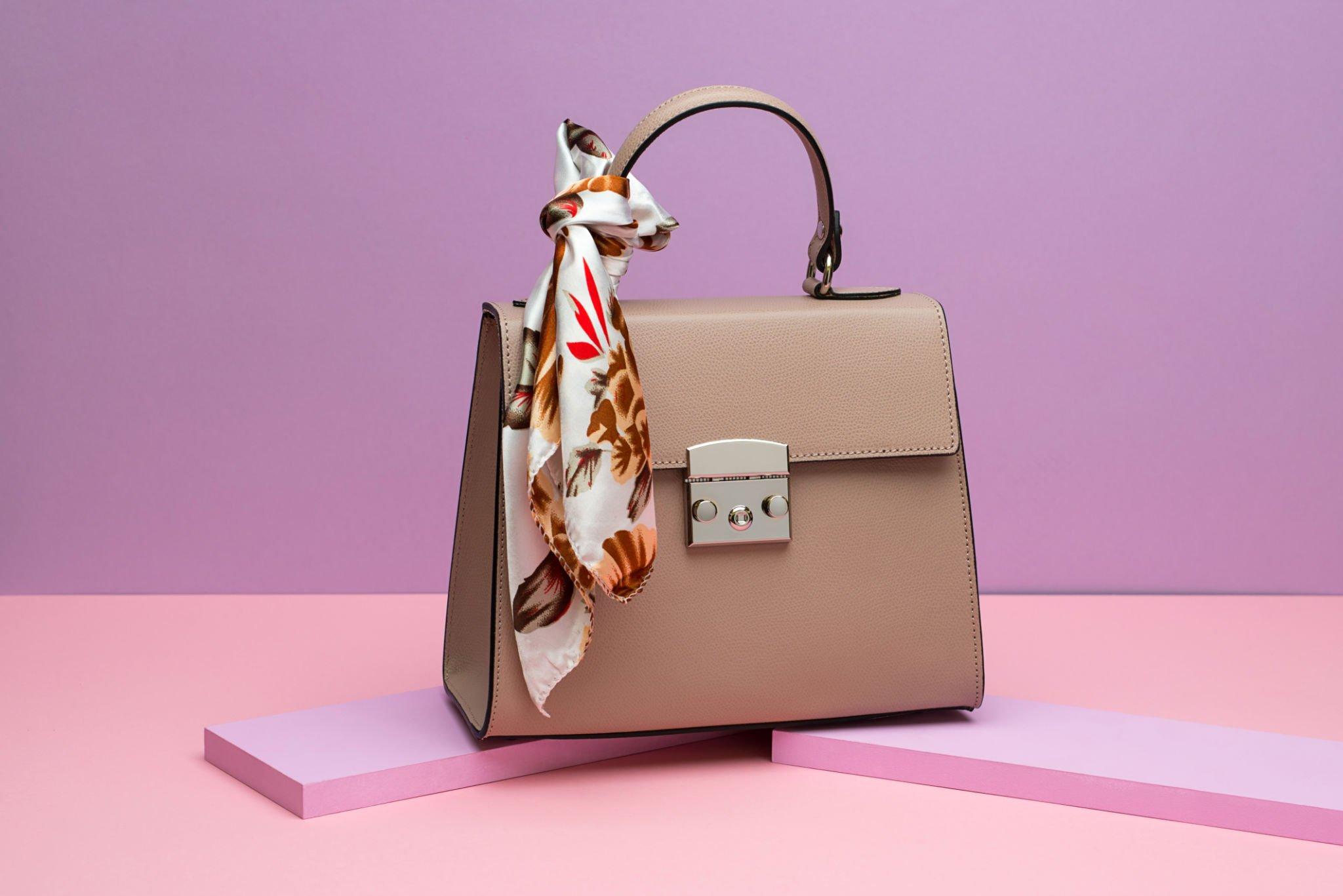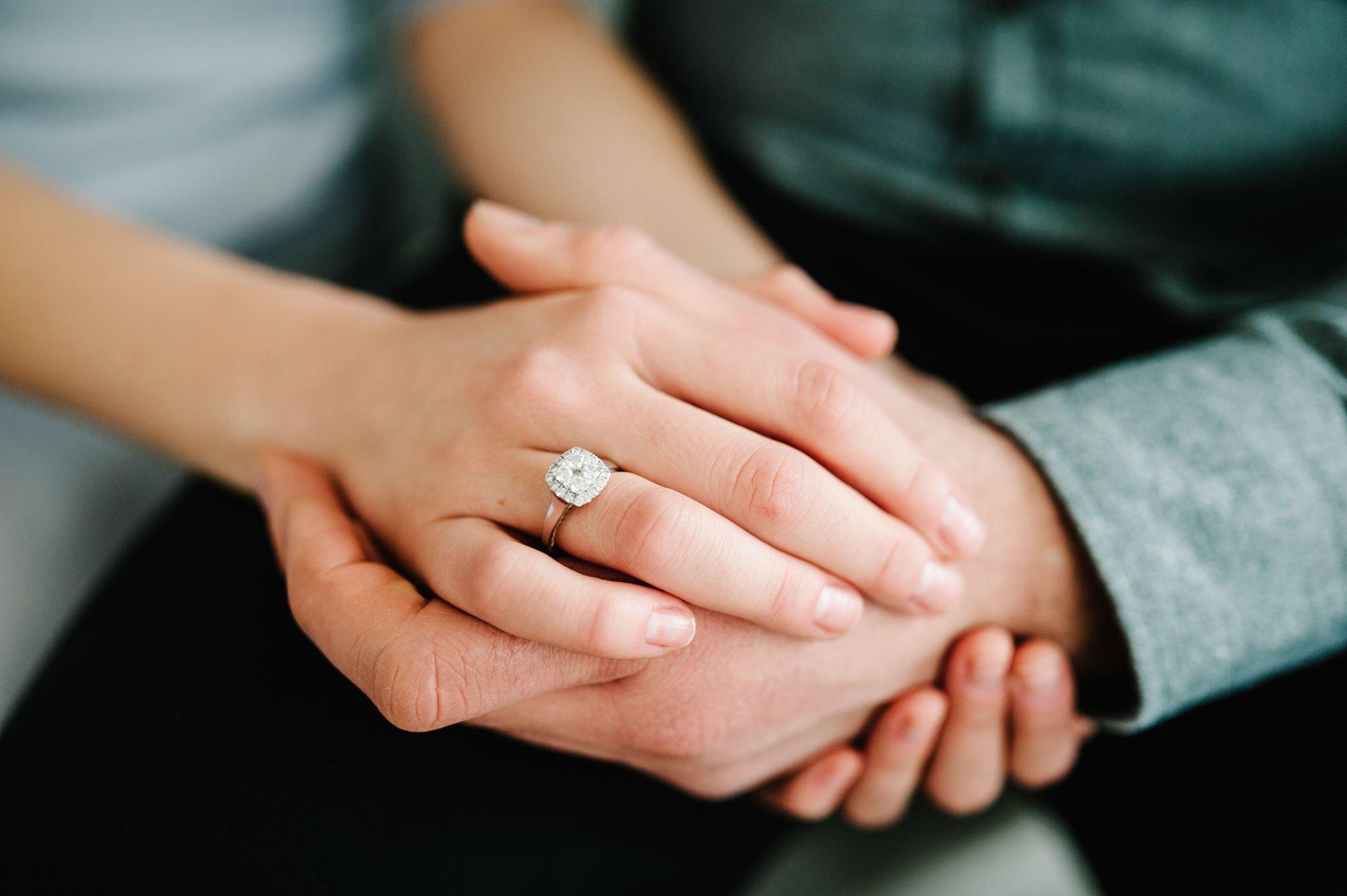Customized packaging box designing is an art and science that excels in functionality. It’s a means of expression, storytelling, and branding that connects businesses with their customers on an intense level.
This ultimate guide will delve into the intricacies of customized packaging box designing, exploring the key elements, principles, and secrets that make it an indispensable tool for modern businesses.
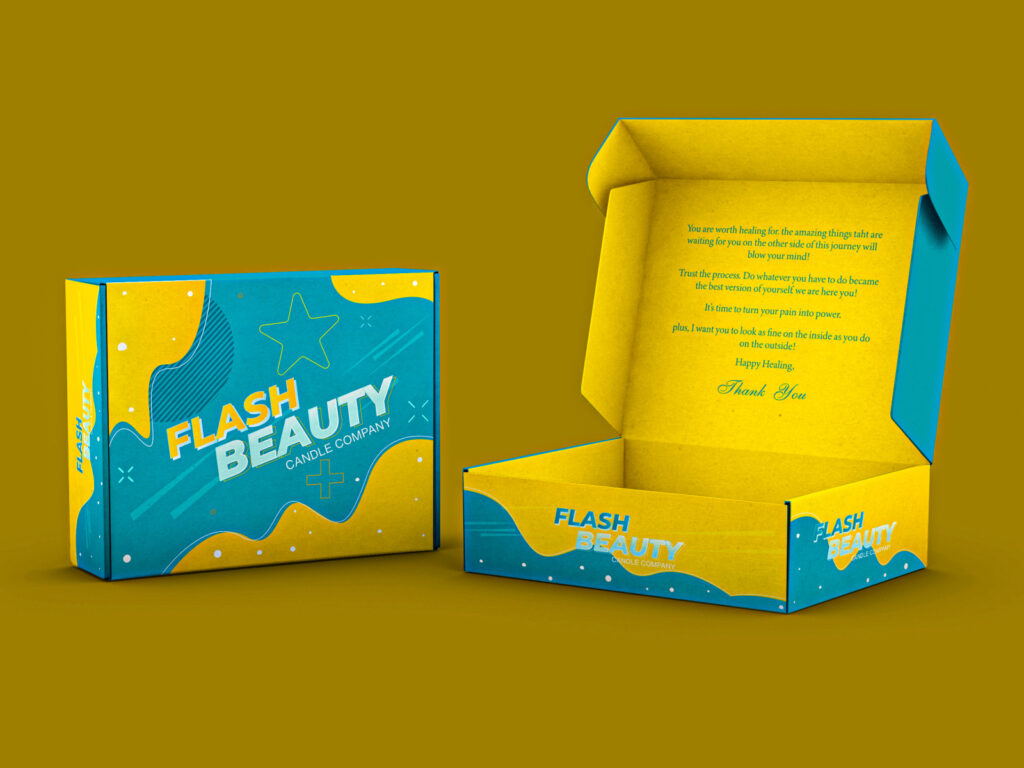
1. Understanding Your Brand Identity
The foundation of successful customized packaging box design begins with an in-depth understanding of your brand identity. Consider your brands –
- Values
- Personality
- Unique selling propositions
The design should reflect these elements, creating a visual identity that aligns with your target audience.
Online supplier cefBox Inc. offers an array of custom boxes that complement all kinds of products and occasions. The online store offers highly competitive prices for tailored packaging solutions, ensuring affordability without compromising quality and customization.
You can get instant quotes using the cost calculator on their web page. Add the specifications needed and get a quote instantly before placing an order.
2. Clarity and Simplicity
- Simplicity is often the key to effective packaging design. Ensure that your brand message is clear and brief.
- Overly complex designs can confuse customers and dilute your brand’s impact.
A well-designed package should communicate its purpose and contents effortlessly.
3. Color Psychology
Color plays a pivotal role in packaging design. Different colors induce specific emotions and perceptions. Packaging experts understand the psychology behind colors and use them strategically to convey the desired message.
For instance, blue may give confidence and trustworthiness; at the same time, red can signify passion and enthusiasm.
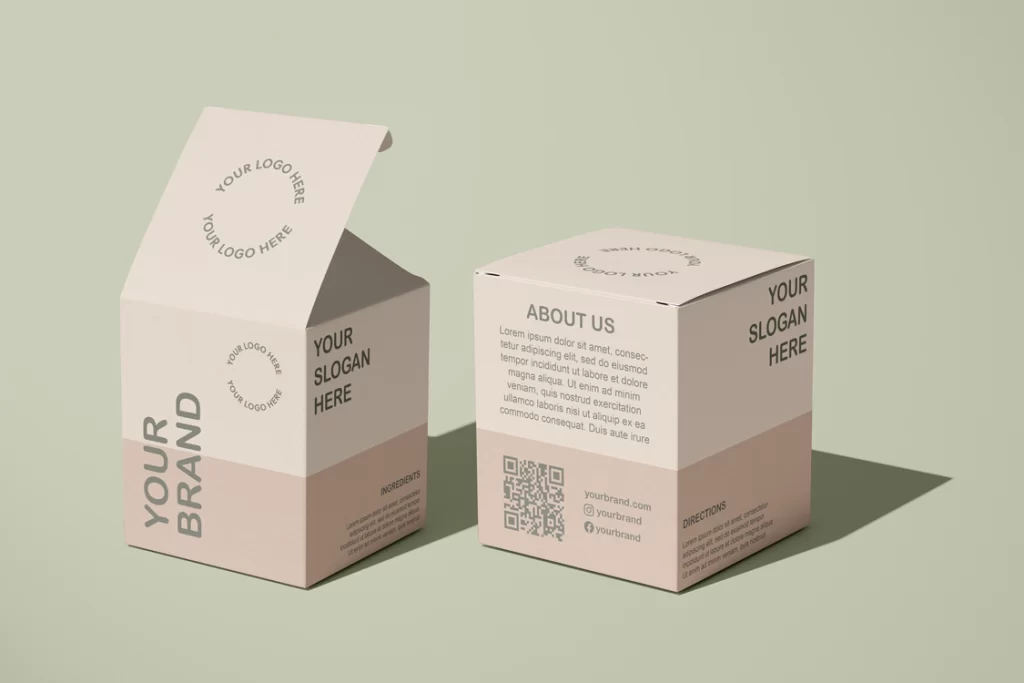
4. Typography Matters
Typography is another critical aspect of custom packaging. The fonts should align with your brand’s personality and be easily readable. Based on your design goals, typography can convey a sense of –
- Elegance
- Playfulness
- Seriousness
Read also: The Best Material for Handbags: Jute, Hemp, Leather, or Something Else
5. Bringing Art to Life
Art and imagery are powerful tools in packaging design. Consider using illustrations, photographs, or graphics that complement your brand message.
These visual elements should be aesthetically pleasing and resonate with your target audience.
6. Consistency across Products
If your brand offers a range of products, it is essential to maintain consistency in packaging design. A cohesive look helps customers identify your brand quickly.
While each product’s packaging can be unique, a unifying element should tie them together, such as a consistent color palette or logo placement.
7. Sustainability and Eco-Friendliness
Consumers today are increasingly environmentally conscious, and packaging design experts recognize this trend. Consider using eco-friendly materials and design elements that communicate your commitment to sustainability.
Labels like “recyclable,” “biodegradable,” or “made from recycled materials” can have a positive impact on consumers.
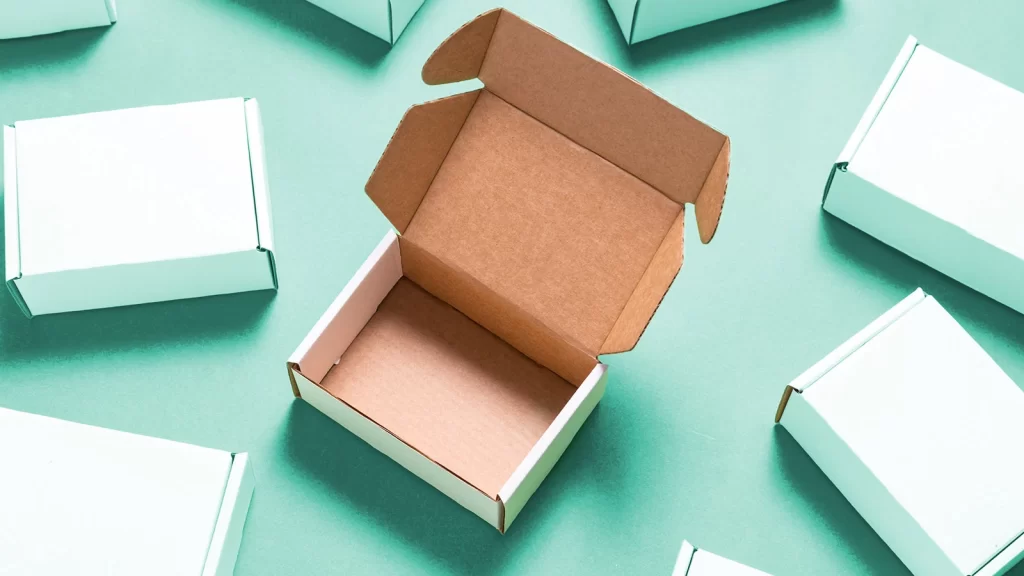
8. Creating an Unforgettable Unboxing Experience
The moment a customer opens your package is an opportunity to create a memorable experience. Packaging design experts understand the importance of the unboxing process.
Incorporate elements like tissue paper, thank-you notes, or even small gifts to make the occasion memorable.
Customized packaging box designing is a multifaceted discipline that blends art, psychology, and strategy. It’s an opportunity for businesses to tell their story, connect with customers, and leave a lasting impression.
Use the dieline or template available on cefBox Inc. to create a product packaging design that ensures all the elements are synced.
When executed thoughtfully and strategically, customized packaging becomes a tangible representation of your brand’s soul, helping your products grab attention and foster customer loyalty.
